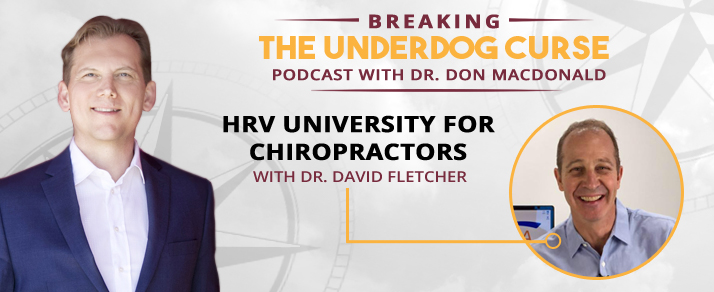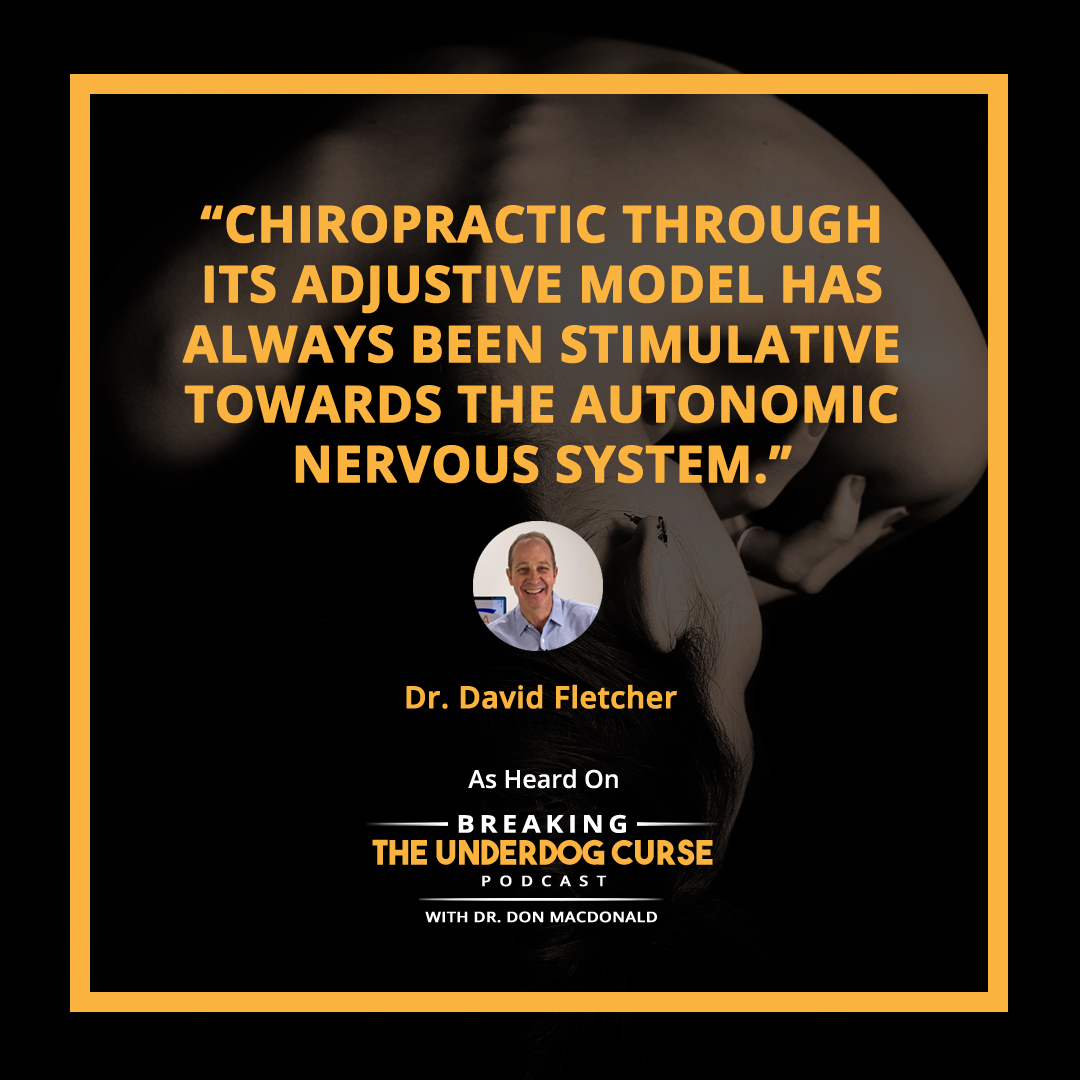
People want to know more about Heart Rate Variability and how to use that application in order to deepen conversations with practice members.
On today’s episode, we have Dr. David Fletcher to discuss HRV and to help us understand it in the Chiropractic setting. Also, he shares how to describe HRV in a simplistic model to your practice member when you’re doing it.
How chiropractic differently impacts the HRV compared to sleeping or exercising is that it engages specific parasympathetic feeds, arousing the body’s innate responsiveness, and giving it an energetic boost so it can keep the momentum going.
Key Takeaways

